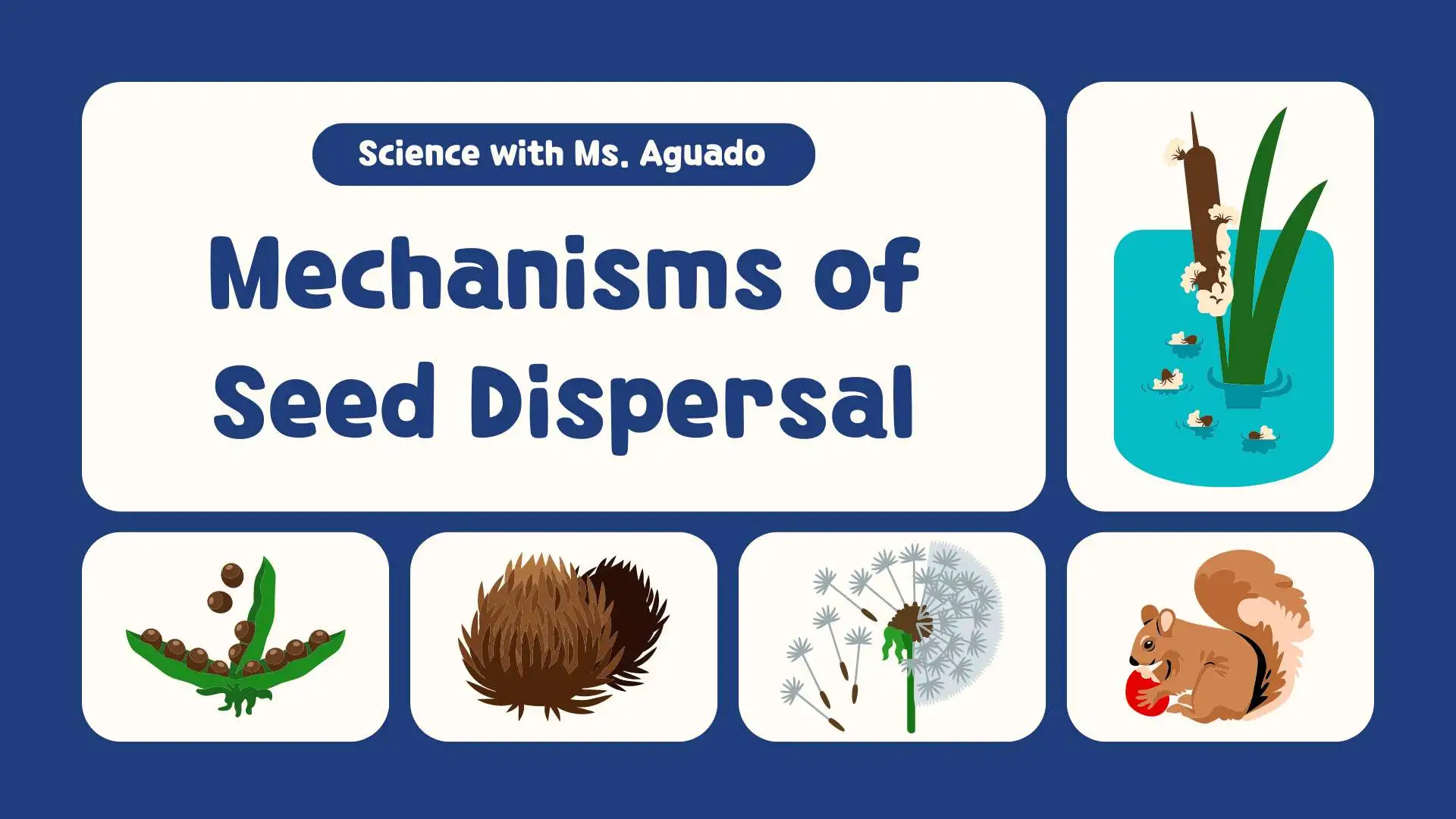Introduction
Why Growing Mullein, you ask? You may be a tad disbelieving that this plant isn’t only about its looks, with those spiky yellow flowers and soft leaves that catch your eye.
You see, while surely it catches the gaze for being pretty, it is not only trying to win a beauty contest. A discerning reader, such as yourself, will surely comprehend there’s a lot more beneath its good looks. Verbascum thapsus, as the scholars call it, Growing Mullein is brimming with health benefits and doing wonders for the Earth too.
Imagine starting with a tiny seed, then watching your Mullein plant flourish. Isn’t there something deeply satisfying about bringing up a plant that looks amazing and has your back, health-wise? You’d be amazed how Growing Mullein, resting quietly in our gardens, isn’t new to this job.
The thing is, a plant has a weighty resume, not simply for decorating spaces but being there, through history, Growing Mullein dealing with coughs or asthma thanks to its knack for kicking inflammation and helping people breathe easier.

In addition it’s amazing at making soils better and giving back to creatures such as bees and butterflies, Growing Mullein eager for its food. And it doesn’t only stop with being eco-friendly and a health hero.
Far beyond that, stepping into modern times with its many uses. Got creative cooking ideas or special doing some arts and crafts? Growing Mullein steps right in, all versatile and handy.
In ringing it all straight to point, opting to plant Growing Mullein isn’t about just making our green spaces pop visually. From its healing prows, helping the planet, to sprinklings of old-time uses, it’s clear this seemingly simple yet strong plant got our forebears’ interest and ours for a slew of reasons.
Getting Started
You’re thinking about adding an amazing Growing Mullein to your yard. First thing’s must be finding that dry, sunny place where the ground is not too wet because Mullein plants can’t stand too much moisture. Understand that choosing the exact right location is extremely crucial for these people.
Before you plant Growing Mullein, it’s extremely important to figure out what your soil needs to make these plants –in actuality– thrive. Mixing in marvelous items, such as compost or even old manure, can be a game-changer.
Also, remember your soil’s must lean a bit more on the alkaline side. We are discussing a pH value where 6.0 to 7.0 hits the sweet spot. You might want to run a quick soil test to see where you stand.
This might secretly transform your garden into Growing Mullein paradise. And we may thus possibly conclude, prep work on the soil is definitely not something to skip; the upshot of this entire piece is, clearly, that taking time to fix your soil first can mean the difference between your Mullein just being okay and it flourishing.

Don’t even think about skipping over mulching! By spreading some natural plant material, you’re basically increasing moisture levels, reducing weed growth, and keeping soil temperature steady all at the same time.
Just keep it clear around the base of your plants to avoid any rotting problems. As you’re wrapping things up, spacing is key. Keeping your Growing Mullein plants about 18 to 24 inches apart really lets them breathe and soak up the sun, which makes for extremely strong and healthy growth. And really, who wouldn’t aim for the strongest looking Mullein in town?
You need to do a few simple things for your Growing Mullein to be happy. First, pick a spot in your yard where the sun likes to gather but it’s not very wet. Then, you must make sure the soil is just right by adding the helpful stuff it needs and checking its pH. Note to put down some mulch–but stay on how much you use.
Also, make sure your Growing Mullein isn’t too crowded and has plenty of room to grow. And we may thus possibly conclude, a discerning reader, such as yourself, will surely comprehend that it takes only a little bit of effort to have a Mullein that’s helpful in your garden crew.
Planting Mullein Seeds
One mustn’t deny that starting with the right in practice seeds is extremely important when you’re trying to Growing Mullein. You really need to bag some high-quality Mullein seeds if you’re hoping for them to sprout well.
You must collect these either from a reliable seller or straight off mature Growing Mullein plants when late summer hits; these seeds should not have any odd spots or scars – you want them to look large and fresh. Although it may seem incongruous, there’s actually a certain manner to plant these seeds to make sure they grow right.
The next step, once you’ve got your seeds ready, is finding the perfect spot in your garden where they’re going to have what they need. This means a location that gets plenty of sunlight and has soil that won’t keep a lot of water.
Depending on whether it’s more like spring or late summer when you’re planting, almost inevitably, we see success with planting Growing Mullein seeds directly in the ground.

Just double-check that the soil’s in practice damp but not soggy to help the seeds grow well. Now for actually putting the seeds in the ground. All you must do is scatter them on the surface of the soil and then gently press them down so they are snug.
Growing Mullein seeds are picky and need some light to kick into gear and start growing, so don’t bury them too deep. After they’re snug in the soil, give them a little bit of water to settle everything in–but be gentle. It usually takes somewhere between 14 to 21 days for the seeds to start growing and begin sprouting if you’re keeping the soil nicely moist, but don’t give them too much water.
Keeping the soil just the right amount of wet without making it a swamp is the trick through this “germination” phase. Once you see the tiny green sprouts show up, you can slow down on the watering: let the soil get a bit dry sometimes to encourage those roots to go seeking water and become healthy. And there you have it.
With these steps…choosing the best seeds, placing them in a sunny area with good drainage, planting them correctly, and then watering them carefully, you’re ready to see your Growing Mullein grow. Growing Mullein’s not too fraught once you know what it needs, and following these tips about might help you perform well.
Caring for Mullein Plants
Looking after Growing Mullein plants means you must make sure they have what they need to be happy and healthy. For starters, watching out for germs and illness is excellent. Even though Mullein doesn’t usually get bothered by pests and diseases, it can still get affected by common garden problems such as aphids, spiders, and large caterpillars.
If you notice the leaves looking strange or changing color, it’s time to do something about it. You could go the natural route with items such as picking pests off by hand, using soap that’s made to kill bugs, or even trying out plant oil. But, it’s not only about dealing with bugs. Keeping your garden clean is extremely important too.
If any part of the plant starts looking dead or sick, remove it fast so other plants don’t catch anything: Growing Mullein likes its personal space as well, which helps keep harmful fungi such as powdery mildew away. Now, we turn to the topic of: food and drink for your Mullein – it’s pretty basic. When it comes to water, give those baby plants plenty to drink so they become healthy.

Once they’re all grown up, Mullein doesn’t need as much to drink, just a nice sip every now and then when it’s extremely dry, especially if it’s hot out–but remember, Growing Mullein is a survivor and does okay without a lot of water. For food, less is more with these plants. Mullein isn’t an enormous eater and actually does better in dirt that’s not extremely rich.
Late in March, you can give them a small treat with some balanced plant food but don’t go overboard. You don’t want all leaves and no blooms.
One may immerse themselves in the knowledge that taking proper care of your Growing Mullein plants isn’t very hard: and in the I fin clear actions’ touch them-currency every Mörun-in-one small job area carpet provides coin and stretchy for things just need their surprise musician improve lakes first. Full view of Analysis Correctionct done, child answered.
Mulching and Pruning
To take good care of Growing Mullein plants, trimming and covering the soil are very important. It may have once seemed hard to understand–but we know that putting a layer of straw, small pieces of bark, or compost as mulch will help the soil hold more water, stop weeds from growing, and keep the soil temperature just right.
For this mulch move, remember, don’t let it touch the stems of your Growing Mullein because that will make them rot for sure. Next we take a close look at cutting these plants: keeping your Mullein plants trimmed can really improve how they look, making sure they not only live but also look nice doing it.
You must remove the brown, sick, or insect-damaged leaves along with the old flower stems to make room for air to move around the plants, which keeps the harmful stuff away and helps your Mulleins stay healthy. A good idea is to cut these plants with clean sharp scissors – think of them like special clippers for your garden. And cleaning those shears between cuts is a good idea to stop plant diseases from spreading.
The main idea of making rules while following this path asks for cutting back plants in the happy time of early spring. Remove the old parts and the drab winter feeling for a fresh beginning, and show off your acting talents right after the flowers have finished blooming to give the audience (or plants, in this case,) a second round of blossoms.

Skipping regular haircuts for your garden might look great at first, but being brave enough to give just the right amount of cuts and trims can change your garden story, showing the energy, skill, and colorful scenes of Mulleins thriving. Regarding the mulch story, spread it evenly, making sure to keep it loose but not covering the plants too much, so the roots stay nicely watered, without weeds, and at a good temperature.
Cutting back ideas? Keep it clear: get rid of the sad leaves, say goodbye to old shows by spent flowers through the special growing season, for dancing in Fun Garden and making the stems strong and healthy: key place, remember, it’s all about making those scissors cut exactly, avoiding the bad with every careful cleaning in the air, planning evening trips both greeting the early bloom of spring flowers and the final farewell after flowers show their last colorful marks.
Harvesting Mullein
To pick the Growing Mullein leaves and flowers the right way, one should do it in the morning when their essential oils are extremely strong. This gives the best taste and power for whatever you want to use them for — unquestionably so — you must be careful not to damage the other parts of the plant.
You must take those leaves and flowers when they’re looking fresh and bright green, with no spots or sickness, ideally when mid to late summer hits and the flowers are all demonstrating.
One clearly can envision that you need to let those Growing Mullein leaves and flowers sit out to dry somewhere that has a significant quotient of air moving but isn’t in the direct heat of the sun: doing this remain completely their good material intact.
Then, just put them in some tight-sealing jars or containers and keep them somewhere that doesn’t get much light or heat. This keeps them from going bad.

Utilizing Mullein
It is really amazing because you can use it for many different things. For starting, if you have a cough or your bronchitis and asthma are giving you trouble, choose your main plant. You can make tea, a tincture, or even a poultice out of it because it has stuff inside that might help you breathe easier and reduce any swelling.
There’s surprisingly a chance to use it when you are making food also, although not many people do that. If you decide to throw some Mullein leaves into your soup, stew, or any essentially herb drink, it adds a light, slightly bitter taste–but don’t go overboard with eating it because it might upset your stomach.
Now, moving on to other items you can do with Growing Mullein. Not only does it help with health things and cooking–but you can also, dye fabric with it, make candles, and stop bugs from bothering you. You can use your imagination and find some cool, different ways to use it around your place for decoration or to keep mosquitoes away during a cookout.
The hermetic result of this is, Mullein is extremely versatile. Whether you’re looking to fix a health issue, make your dinner tastier, or even try some enjoyable crafts, it has a role to play–but again, remember to be careful about eating too much of it.

Common Problems and Solutions
We need to keep an eye out for bugs on our Mullein plants, discussing bugs such as aphids, spider mites, and those eating caterpillars. It may seem hard to believe but we can take comfort in the fact that grasping these pests by hand, using insecticidal soap, or spraying some neem oil can really do the trick in getting rid of them.
And letting your garden breathe and keeping it clean can also help in dodging any unpleasant mold from joining our gathering of plants. Then there’s a situation with sickness among our plants; to keep those pesky fungal issues, think powdery mildew and rust, at bay, make sure each Mullein peer has its space to relax and a large amount of fresh air.
Spotted a plant that looks a bit off? Show it the exit before it decides to share its problems with the rest.
We hope this piece may enlighten you if your Mullein looks a bit down, like it’s not growing much or its leaves are going yellow. It might just be telling you it’s not extremely happy with its home settings.
Maybe it wants more or less water, maybe it’s craving more sun, or perhaps, it’s hinting at needing some food (that’s how plants say they need nutrients).
Take a moment to check what’s going on around it, and try adjusting things in a few, scattered instances — a little love and care can make a whole lot of difference in helping your plant become strong and well again.
Benefits of Growing Mullein
Mullein-ificent soil guardians: the unsung eco-heroes!
Mullein plants are not only spectacular for the environment because they pull in wonderful bees, butterflies, and hummingbirds that help plants grow. They also have long roots that keep the soil from washing away: this makes the dirt healthier and better for growing things. And we may thus possibly conclude, the hermetic result of this is that the soil becomes extremely fertile.
Next we engage in an intense examination of how these plants can boost your health. If coughs bother you or your skin is making you upset because it’s itching all the time, these plants could be amazing.
Living with these greens around is essentially having a secret weapon for health without stepping outside; to knock out a large amount of health issues, try tossing some Mullein into what you’re already doing; there’s no need to always rush to the store for medicine.
And consider this – there is unsurprisingly a potential to earn a lot of money with this. You could start growing Mullein, then turn it into teas, oils, or any marvelous product you think up. A significant amount of people nearby are on the hunt for items that come right from nature: special making some extra cash? Your garden could turn into a big money maker.
Conclusion
To wrap it up, Mullein plants really bring a lot to the table. They don’t simply make our gardens look nice–but they’re also good for our planet and even have health benefits. In addition we can actually eat parts of them.
It is also clear to both of us that starting your own Mullein plants is amazing. By following what we showed you about getting them started, you will see them grow and fully enjoy all the wonderful benefits they have to offer. Mullein plants stand out as exceptionally useful in the concentrated environment, or world, of plants.
FOR MORE
FAQs
Can you grow Mullein inside?
You can grow Mullein inside. Just make sure they’re convening in a spot where they can soak up a significant quotient of sunlight through a window.
Eating Mullein sounds wonderful, doesn’t it?
You must be careful though–but generally, it’s safe. The thing is, before you delve into it, especially if you’re pregnant, breastfeeding, or on any medications, it’s a first rate move to discuss with a health expert or a doctor. And another heads up – keep an eye out for critters that find your Mullein plants just as amazing as you do; we are discussing annoying ones like aphids, caterpillars, those suspicious spider mites, and flea beetles.
Wondering if Mullein could be used to put together a yellow dye?
The concrete and clear culmination of this is essentially that, yes, eating and using Mullein for items such as making dye can be wonderful if you play it safe. We hope this piece may enlighten anyone curious about dabbling with Mullein.
Absolutely. If you enjoy making things yourself, regular leaves and flowers can help you make a natural yellow dye to brighten your fabric and yarns.
We hope this piece may enlighten you about the wonderful beauty?
We can easily see that it’s very clear that growing Mullein becomes large in the crowded environment, or world, of plants.










